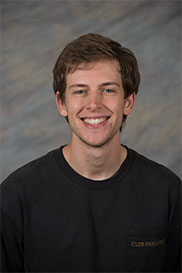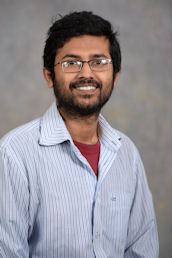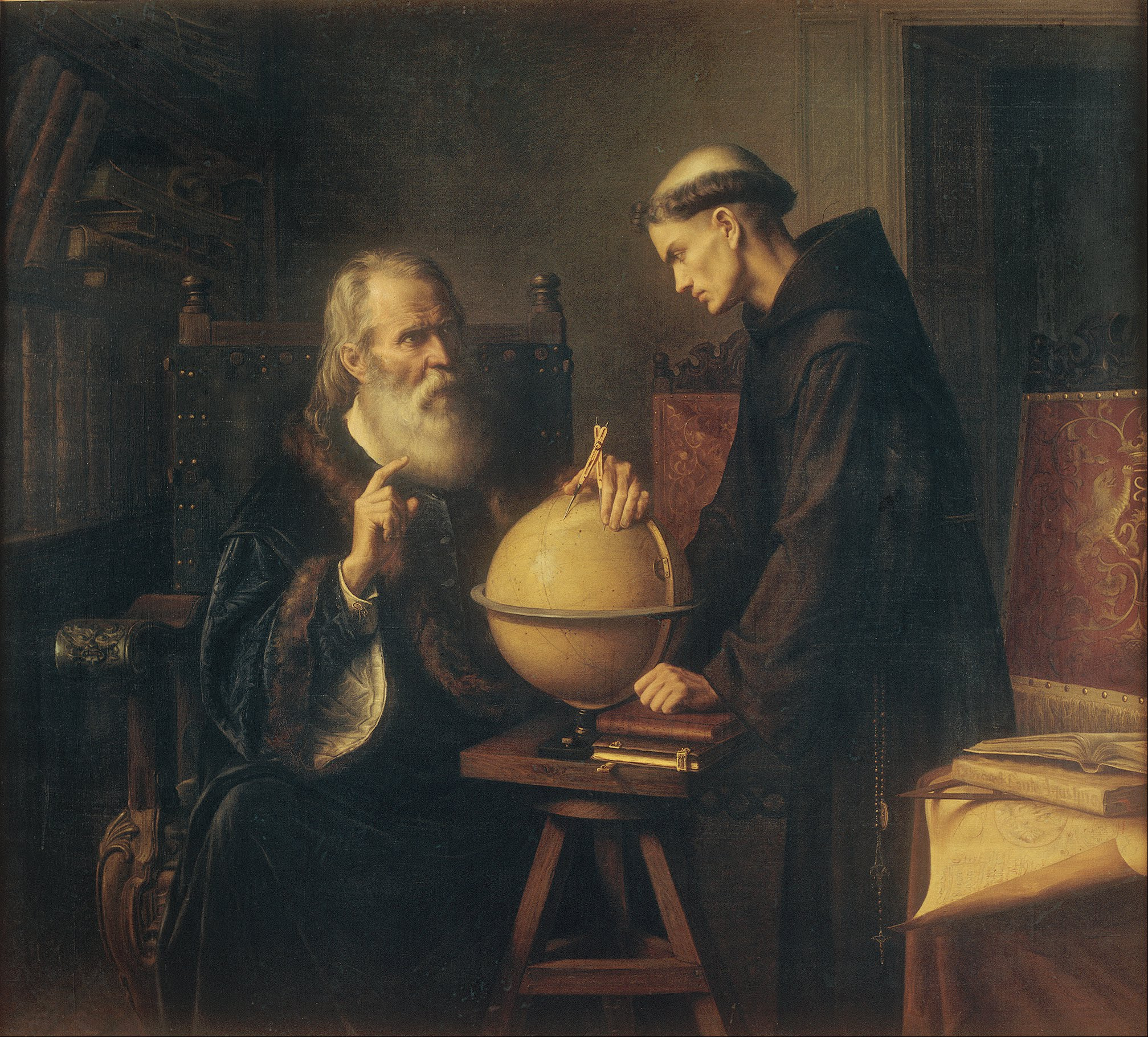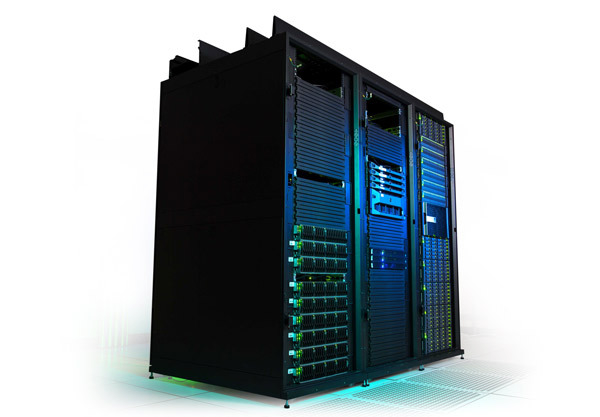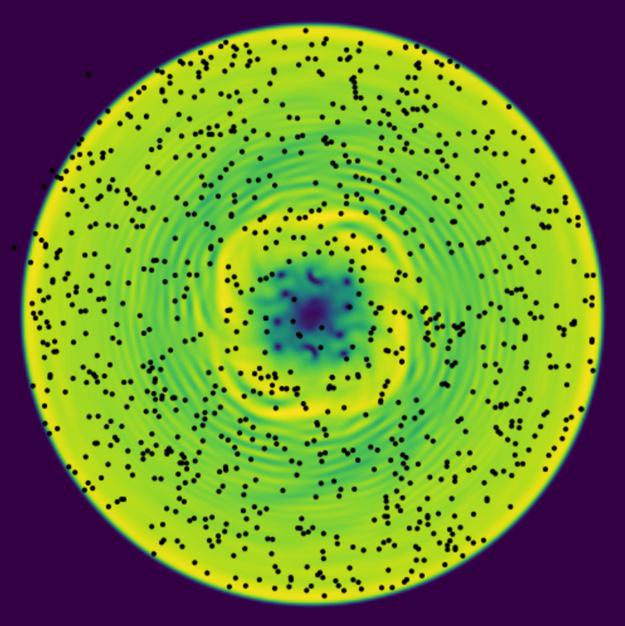
super_hydro: Exploring Superfluids¶
Nobel laureate Richard Feynman said: "I think I can safely say that nobody really understands quantum mechanics". Part of the reason is that quantum mechanics describes physical processes in a regime that is far removed from our every-day experience – namely, when particles are extremely cold and move so slowly that they behave more like waves than like particles.
This application attempts to help you develop an intuition for quantum behavior by exploiting the property that collections of extremely cold atoms behave as a fluid – a superfluid – whose dynamics can be explored in real-time. By allowing you to interact and play with simulations of these superfluids, we hope you will have fun and develop an intuition for some of the new features present in quantum systems, taking one step closer to developing an intuitive understanding of quantum mechanics.
Beyond developing an intuition for quantum mechanics, this project provides an extensible and general framework for running interactive simulations capable of sufficiently high frame-rates for real-time interactions using high-performance computing techniques such as GPU acceleration. The framework is easily extended to any application whose main interface is through a 2D density plot - including many fluid dynamical simulations.




